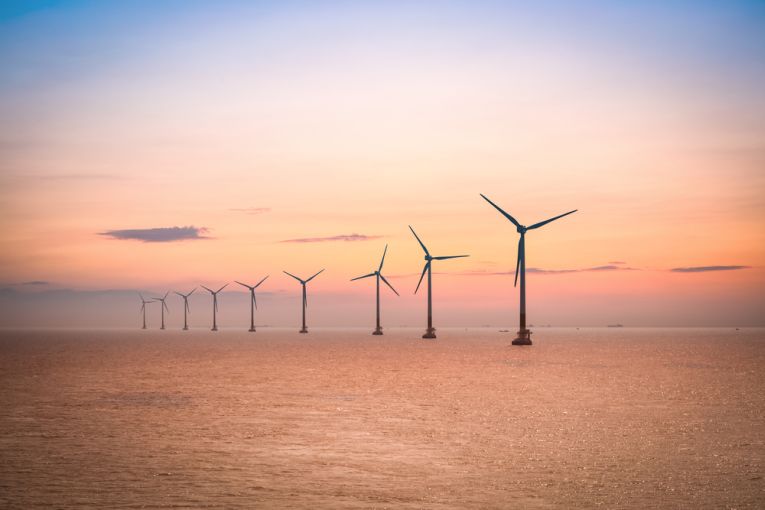If 39 GW of electricity is ever produced before 2030, then the UK’s offshore wind power will have produced a magnificent total. The energy minister, Ed Davey was speaking at Renewable UK in Birmingham. With tidal energy innovations, the UK is looking primed for a lead among Europe’s non-solar energy producers. Scotland is already aiming for a totally renewable energy economy by 2020, while England lags seriously behind.
Ed Davey is obviously left of the environment ministry, directed by climate sceptic, Owen Paterson. Ed states quite clearly that, "Successful innovation could save the UK up to £160 billion in energy supply costs to 2050 and contribute up to £89 billion to the UK economy over the same period." This technological innovation is said to have the potential to deliver cost savings of £45 billion and business creation for the UK worth £18 billion, all by 2050. 35,000 jobs are hoped to be created, as the private sector invests at last £31 billion into renewable energy sources.
With 76% of the public supporting use of renewables, there’s none of the problems faced by nuclear energy. Governments in many nations are finding a shortfall as fossil fuels are being cut back, meaning nuclear energy is the only way in which the energy gap can be filled. A little more innovation with nuclear fuels, in the same way as renewables, would have thorium being used instead of polluting uranium or at least fewer non-recyclable wastes with long half-lives. This article fills in a little on the current stepping back from the building of nuclear power stations in, Nuclear-deserted”.
As wind turbine technology catches up with the latest solar cell inventions, other research on bird collision risk and marine mammal injury mitigation will complete preparations for larger scale wind-energy projects, just as recent research is also providing evidence of varying bird risks occurring at different heights ( and for different species.) The final word goes to Phil de Villiers, Head of Offshore at the Carbon Trust who concludes, “This collaborative research programme will provide robust, scientific evidence to better inform the decision-making process and in turn help reduce the consenting risk of developing large-scale offshore wind farms.” Let’s not forget that the sight of large onshore wind farms is not seriously worrying to all of us, if it gives the earth a chance to breathe again in a century, after many recent centuries of carbon emission!










